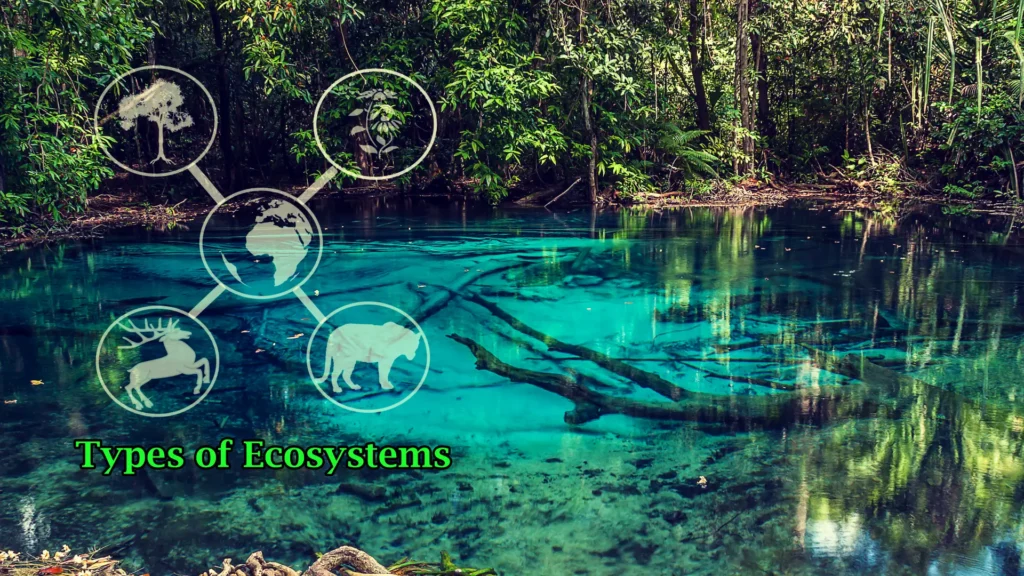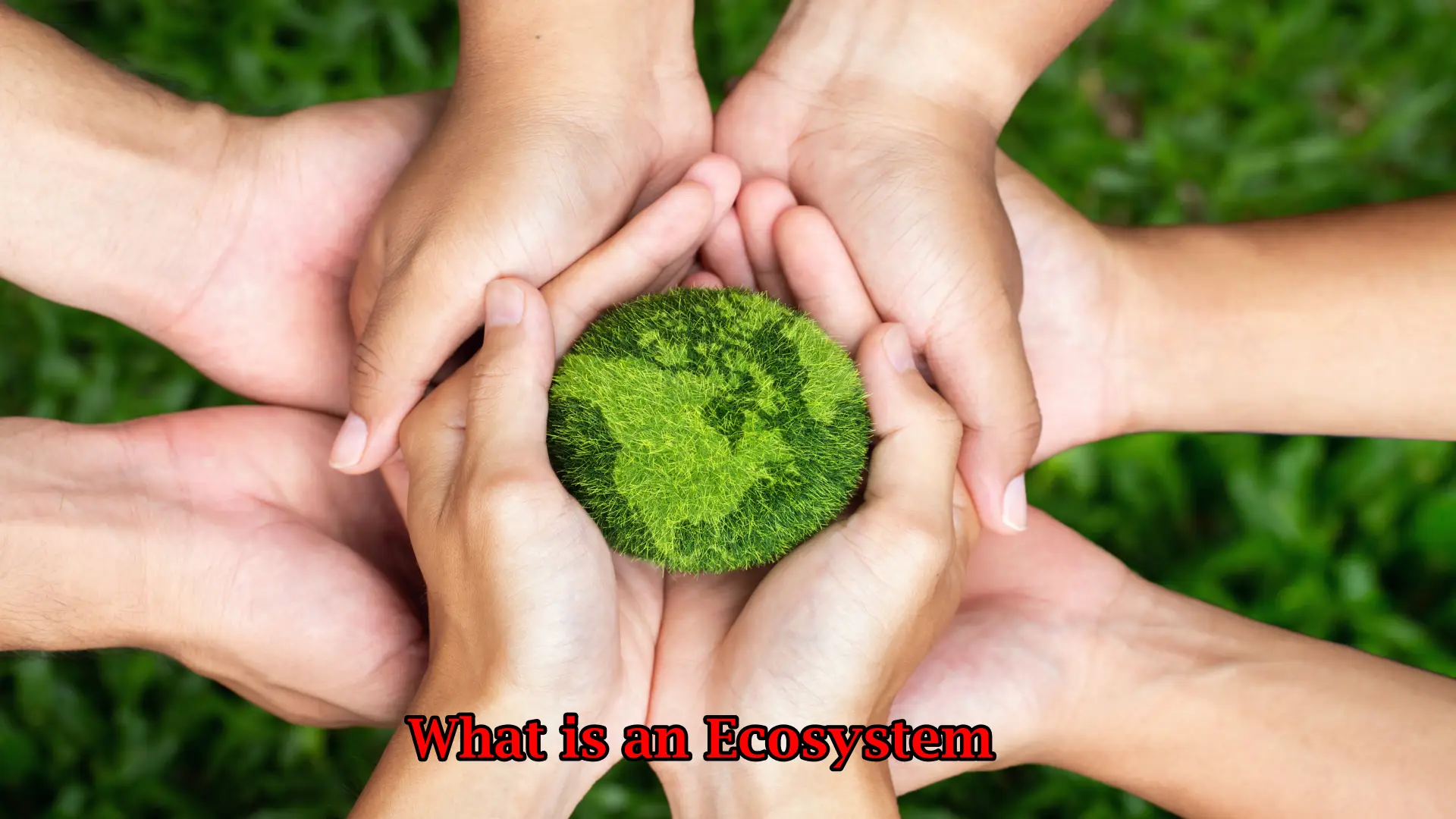An ecosystem can be described as a biological community of interacting organisms and their physical environment. It encompasses the living organisms, such as plants, animals, and microorganisms, as well as the non-living components like soil, water, and sunlight.
This intricate network of relationships forms a complex system where each element plays a vital role in maintaining the ecosystem’s balance and functionality. Understanding the dynamics of ecosystems is crucial for environmental scientists, as it allows them to comprehend how various factors interact and influence each other within a given habitat.
Definition of an Ecosystem
An ecosystem refers to a community of living organisms, along with the non-living components of their environment, interacting as a system. This interaction involves the exchange of energy and nutrients among the living and non-living elements. Ecosystems can be as large as a forest or as small as the bark of a tree. It includes plants, animals, birds, fungi, microorganisms, water, soil, and air.
- An ecosystem is a complex network of interactions between living and non-living elements.
- It encompasses a wide range of scales, from microscopic to global.
- The components of an ecosystem work together to maintain a state of balance.
Understanding the definition of an ecosystem is crucial to appreciating the delicate balance that exists within these intricate systems.
Components of the Ecosystem
An ecosystem consists of both biotic (living) and abiotic (non-living) components. These components work together to create a balanced and sustainable environment. Here are the key components that make up an ecosystem:
Biotic Components:
- Producers: These are plants and other organisms that can produce their own food through photosynthesis.
- Consumers: Animals that feed on other organisms for energy, including herbivores, carnivores, and omnivores.
- Decomposers: Organisms like bacteria and fungi that break down dead organisms and waste, returning nutrients to the soil.
Abiotic Components:
- Soil: Provides support, nutrients, and water for plant growth.
- Water: Vital for the survival of all living organisms within the ecosystem.
- Sunlight: Essential for photosynthesis and the energy flow within the ecosystem.
Understanding the diverse interactions between these components is crucial to the functioning and stability of an ecosystem.
Remember that a healthy ecosystem depends on a delicate balance between its biotic and abiotic components.
Types of Ecosystems

An ecosystem can come in various forms, each with its unique characteristics and components. Here are the different types of ecosystems:
Terrestrial Ecosystems
- These are land-based ecosystems, including forests, grasslands, deserts, and tundras.
- Characterized by specific types of plant and animal species adapted to the particular environment.
Aquatic Ecosystems
- These include freshwater ecosystems like rivers, lakes, and wetlands, as well as marine ecosystems such as oceans and coral reefs.
- Support a diverse array of aquatic plants, fish, invertebrates, and other organisms.
Artificial Ecosystems
- These human-made ecosystems include urban areas, agricultural lands, and even aquariums or terrariums.
- Often heavily influenced by human activities and interventions.
Each type of ecosystem plays a crucial role in maintaining ecological balance and supporting life on Earth.
Importance of Conserving Ecosystems
Conserving ecosystems is crucial for maintaining the delicate balance of our planet’s environment. Here are some reasons why it’s important to conserve ecosystems:
- Biodiversity: Ecosystems support a wide variety of plants, animals, and microorganisms, contributing to the Earth’s biodiversity.
- Ecosystem Services: They provide essential services like pollination, soil fertility, clean water, and air purification, benefiting both nature and human societies.
- Climate Regulation: Ecosystems play a vital role in regulating the Earth’s climate by absorbing carbon dioxide and releasing oxygen.
- Resilience to Natural Disasters: Conserved ecosystems act as natural buffers against natural disasters like floods, hurricanes, and droughts.
By conserving ecosystems, we can ensure a sustainable and healthy environment for current and future generations.
What are the 7 main types of ecosystems?
1. Terrestrial Ecosystems
Terrestrial ecosystems are land-based ecosystems that include a variety of habitats such as forests, grasslands, deserts, and tundra. These ecosystems are home to a wide range of plant and animal species that have adapted to life on land.
2. Aquatic Ecosystems
Aquatic ecosystems can be freshwater or marine, and they include lakes, rivers, wetlands, oceans, and coral reefs. These ecosystems support a diverse array of aquatic plants, fish, invertebrates, and other marine organisms.
3. Forest Ecosystems
Forest ecosystems are characterized by an abundance of trees and other woody vegetation. There are different types of forests, such as tropical rainforests, temperate forests, and boreal forests, each supporting unique plant and animal species.
4. Grassland Ecosystems
Grassland ecosystems are dominated by grasses and herbaceous plants, with few or no trees present. There are different types of grasslands, including savannas, prairies, and steppes, each with its own unique mix of plant and animal species adapted to grassland environments.
5. Desert Ecosystems
Desert ecosystems are defined by their arid conditions and lack of precipitation. Despite the harsh environment, deserts support a variety of plant and animal species that have evolved unique adaptations to survive in low-water environments.
6. Tundra Ecosystems
Tundra ecosystems are found in regions with cold temperatures and a short growing season. These ecosystems are characterized by permafrost and low-growing vegetation, with animals like caribou, Arctic foxes, and polar bears adapted to the extreme conditions.
7. Wetland Ecosystems
Wetland ecosystems, such as marshes, swamps, and bogs, are characterized by their waterlogged conditions. These ecosystems support a diverse array of plant and animal species that have adapted to living in wet environments, playing critical roles in flood control, water purification, and habitat provision.





